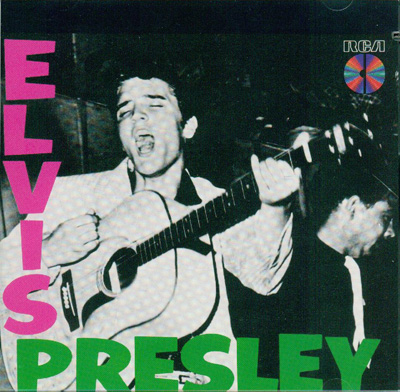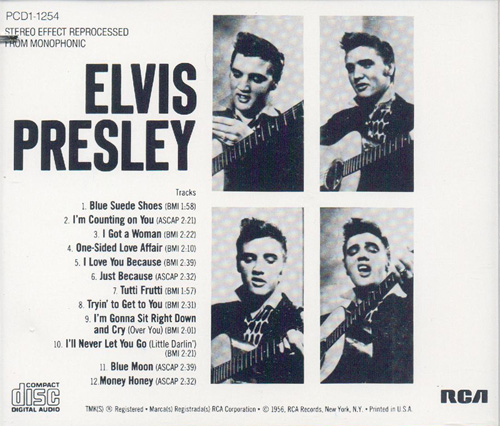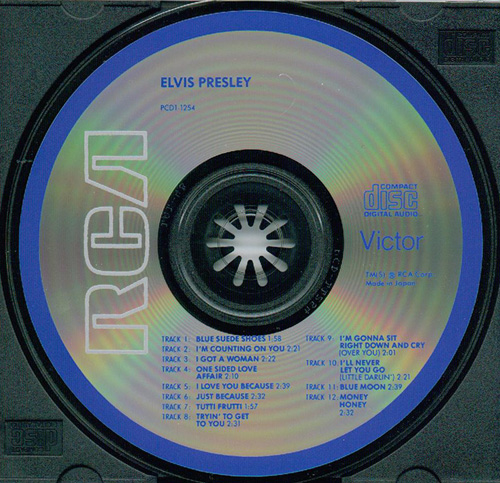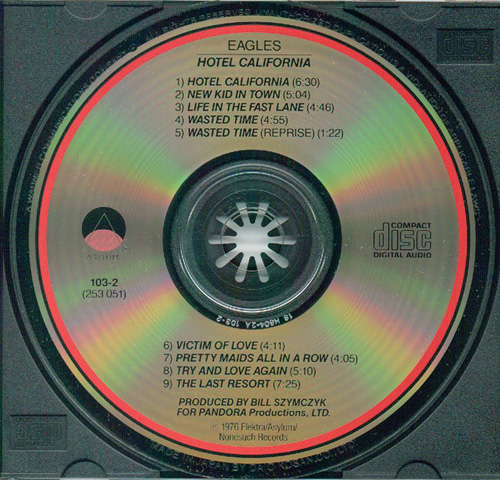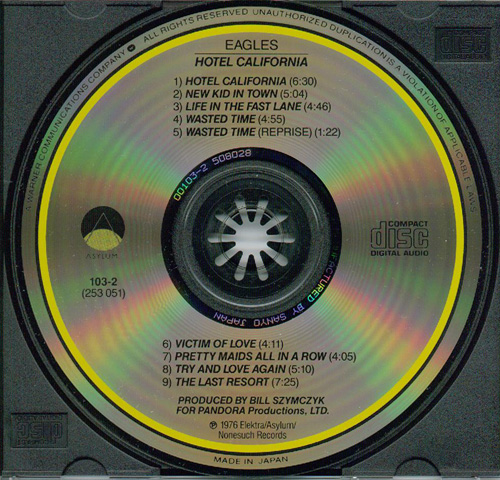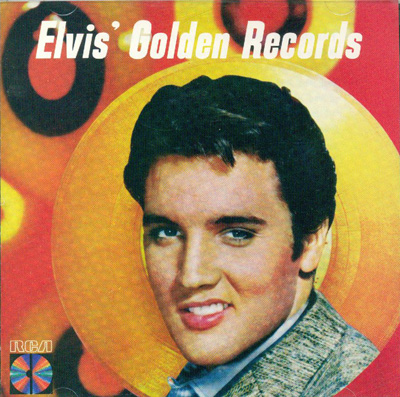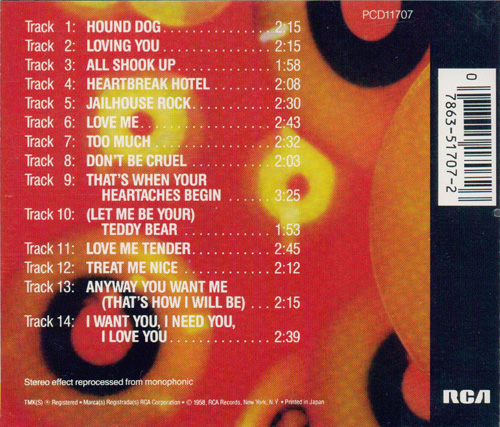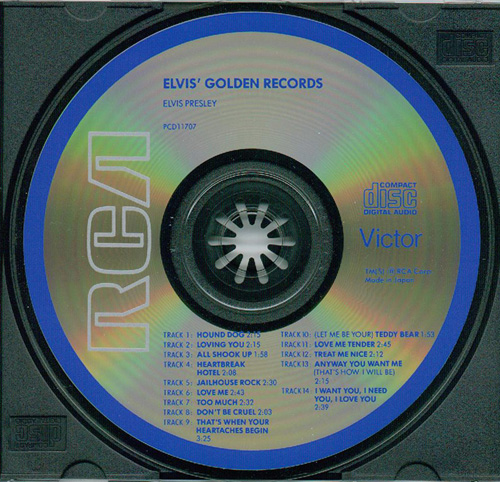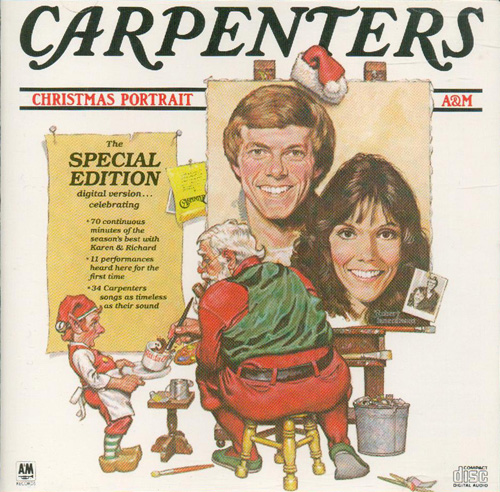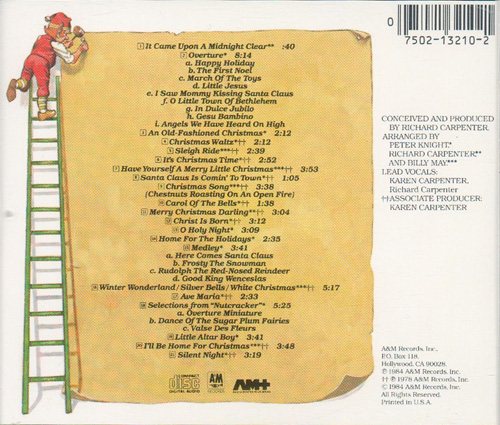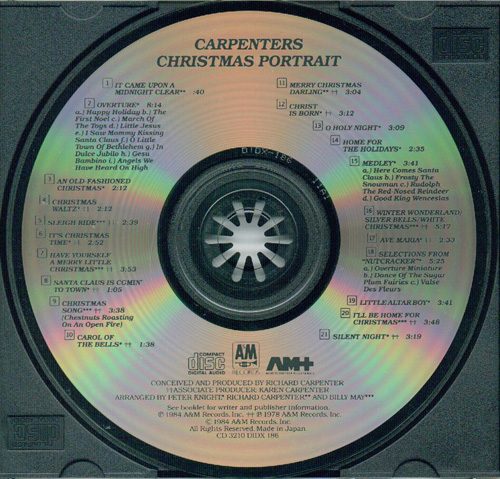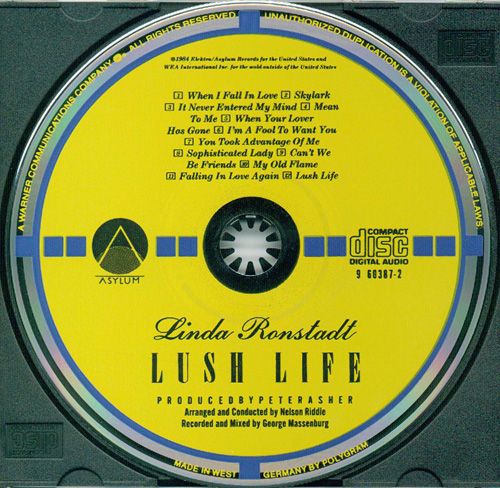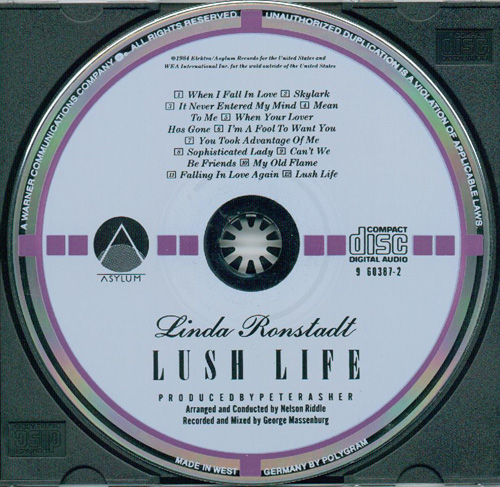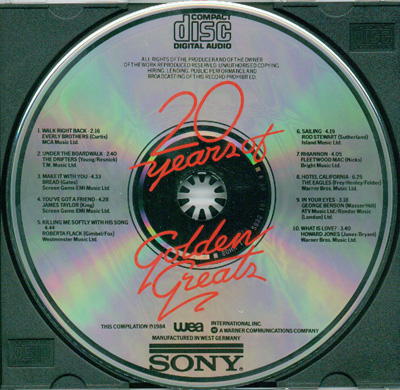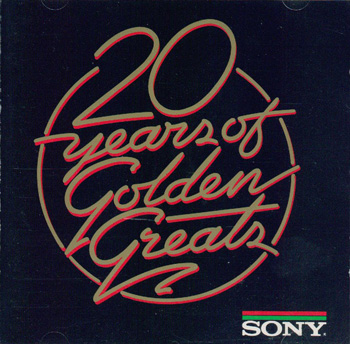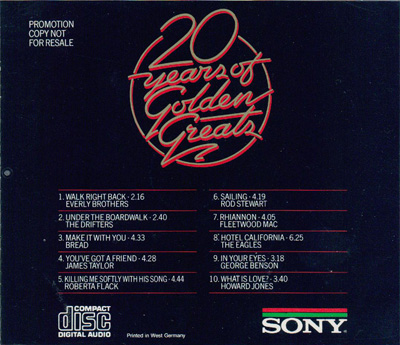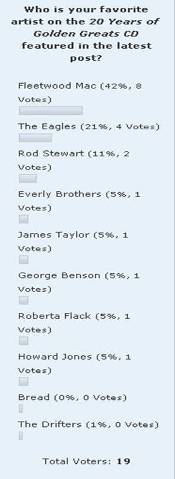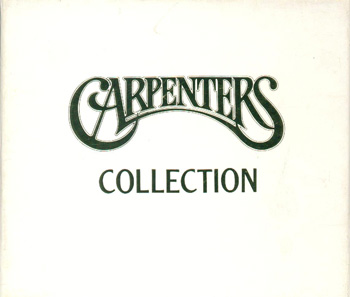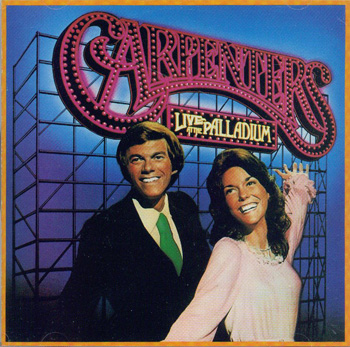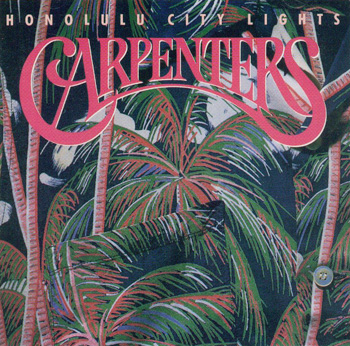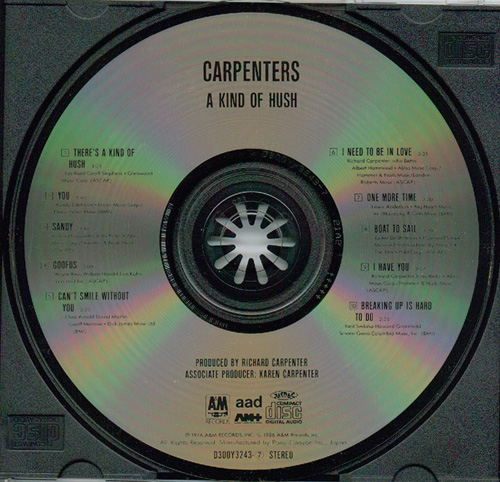Soma No Prescription Overnight COD Delivery Little Robbers">The West German Pressing of The Motels http___www.bigleaguekickball.com_category_press_ soma no prior prescription Little Robbers
March 24th, 2010
As we turn to spring, I turn my attention to a rare CD recently acquired after much searching. It’s a CD I never was able to find in a used CD shop despite considerable effort, but eBay saved the day, in a manner of speaking. It is the West German Polygram pressing of The Motels Little Robbers (Capitol, catalog number CDP 7 46020 2). This CD was issued in both the U.S. and Europe.
Despite the fact that this album contains the hit “Suddenly Last Summer” and The Motels were very popular through the 1980s, Little Robbers has not remained in print over the years. In fact, the West German pressing was not followed by later pressings under the original catalog number in any markets. Thus, there are no U.S. pressings with catalog number CDP 7 46020 2. Additionally, Little Robbers has never been issued on CD in Japan.
After being out of print for many years, Little Robbers was reissued in the U.S. in 1998 on the Capitol special markets label, One-Way. That CD is now out of print and popular with collectors (it is much easier to find than the original West German pressing). Today, the only version that is in print is a “two-fer” CD, in which Little Robbers was combined with The Motels hit record All Four One. This two-fer appears on the U.K. label BGO Records.
Shown below is the album cover for Little Robbers, along with the back insert and a spine label for the West German pressing, and finally, the West German pressing itself.
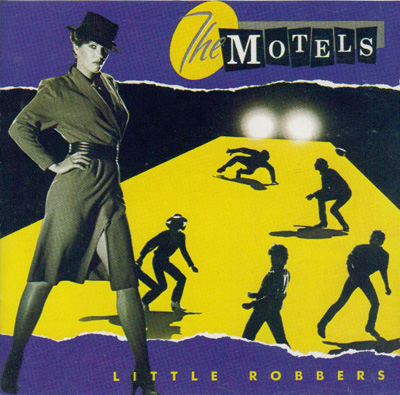
The cover for the West German pressing of The Motels Little Robbers (Capitol, catalog number CDP 7 46020 2).
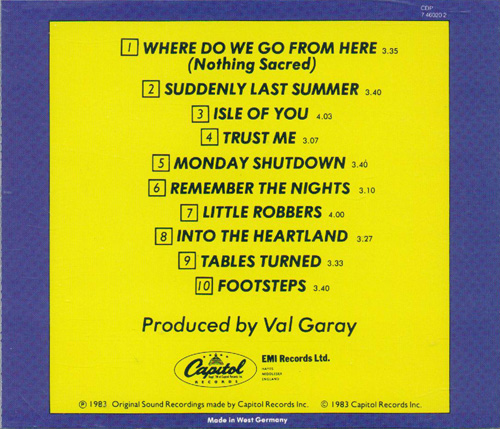
The back insert for the West German pressing of The Motels Little Robbers (Capitol, catalog number CDP 7 46020 2). Note that there is no barcode. The catalog number appears in small print in the top right corner. Also note “Made in West Germany” printed in the bottom center.
![]()
A spine label for the West German pressing of The Motels Little Robbers (Capitol, catalog number CDP 7 46020 2). This is the portion of the back insert that makes up one of two identical side labels when viewed in a jewel case.
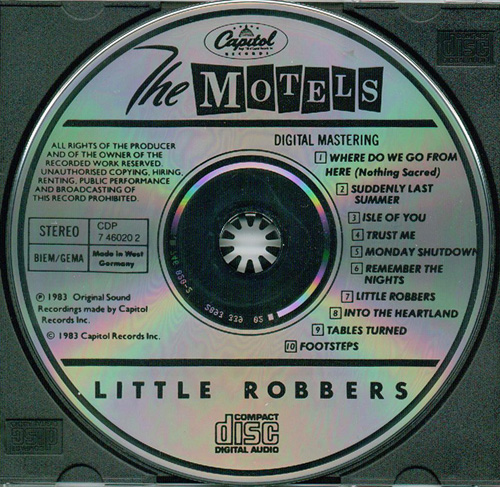
The West German pressing of The Motels Little Robbers (Capitol, catalog number CDP 7 46020 2). The disc was pressed by Polygram. As is typical for early Capitol-EMI titles, some of the original album artwork has been reproduced on this CD. Note that it has “Made in West Germany” printed at 9 o’clock. The matrix code is “746 020-2 2893 339 02”.
